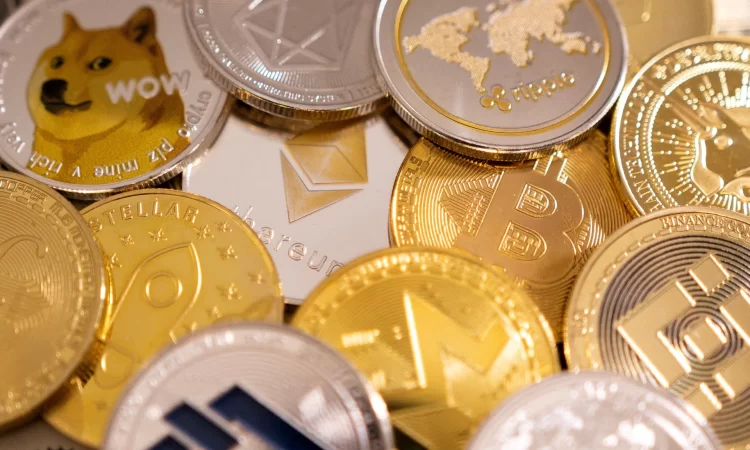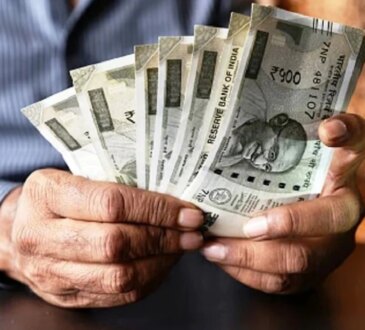
A GROUP of international banks including Goldman Sachs, Deutsche Bank, Bank of America and Banco Santander, have joined forces to explore stablecoin-like digital money, marking the latest push by financial institutions to examine possible uses for blockchain in payments.
The consortium, which also includes BNP Paribas, Citigroup, MUFG Bank, TD Bank and UBS, will investigate the issuance of “a 1:1 reserve-backed form of digital money that provides a stable payment asset available on public blockchains”, the banks said in a statement on Friday (Oct 10). The initiative will be focused on Group of Seven (G7) currencies, the banks added.
The coalition, which said it is in contact with regulators and supervisors in relevant markets, is evaluating whether the offering could enhance competition and bring some of the benefits of digital assets, the statement said.
The plans come as banks increase their work focused on using blockchain technology for payments. Stablecoins, which are a type of cryptocurrency normally pegged to a traditional asset like the US dollar, have drawn increased interest over the past few months. While they are predominantly used in cryptocurrency markets, some banks and other large fintech firms see them as a faster and cheaper alternative to traditional payment rails. They could be used for more than US$50 trillion in annual payments by 2030, Bloomberg Intelligence estimates.
Banks have been encouraged to ramp up their activity in the space by new regulations in the US and the European Union, which have offered a clearer regulatory framework for established companies to operate within.
Stablecoins have also become a very profitable business for their issuers, who earn money on the yield generated by the assets backing the token. Tether Holdings, which issues the largest stablecoin by circulation, earns billions of dollars in yield on the Treasury securities it holds as reserves backing its token. The company is raising as much as US$20 billion in a private placement that could place it among the most highly valued private companies globally.
Financial firms have also been working and exploring other forms of blockchain-based payments. Bank of New York Mellon is exploring tokenised deposits, transferable digital coins that represent a deposit claim against a commercial bank.
JPMorgan Chase in June launched a pilot of a token called JPMD which represents US dollar deposits at the world’s largest bank, while late last month HSBC Holdings started a tokenised deposit service that enables its corporate clients to securely move currencies across borders.
Large financial firms are also keen to develop these new forms of money as they seek to increase their use of blockchain to issue and trade other traditional assets such as stocks, bonds and funds.





